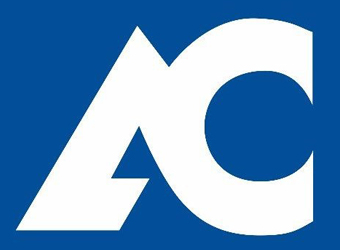 72%
72%
That’s the proportion of Amarillo College students who were struggling with at least one basic life need, such as food or housing insecurity.
FCAN’s Kathy McDonald, Assistant Director for Network Partnerships, recently hosted guest speaker Dr. Russell Lowery-Hart, President of Amarillo College, for a webinar titled, “No Excuses Poverty Initiative: Building Systemic Support for Low-Income Students.”
Dr. Lowery-Hart shared that what he learned when he asked students about the biggest barriers they faced on their way to success in the classroom changed the course of his life and work.
Top 10 Student Barriers
Through focus groups and surveys, Dr. Lowery-Hart found that the top 10 barriers students faced didn’t involve instruction nor handling the coursework. They all had to do with needs outside the classroom:
- Career & employment
- Childcare
- Counseling
- Financial literacy
- Food
- Housing
- Legal services
- School needs (tuition, books)
- Transportation
- Utility assistance
Many campuses are trying isolated activities to reduce the impact of these barriers. The thing that made a greater impact at Amarillo College was taking a systems approach, looking across the campus to connect and coordinate all activities in what eventually came together under their Advocacy and Resource Center (ARC). But Dr. Lowery-Hart knew they had to go further than just offering programs and support services.
Changing Perceptions on Poverty
Dr. Lowery-Hart brought in poverty expert Dr. Donna Beegle to create a paradigm shift. The shift allowed faculty and staff to see poverty through a new lens that enabled them to move from simply judging a student’s behavior to one that checks in with that student to learn what’s going on. Student behavior was often related to hunger or the stress of not knowing where they were going to sleep that night. All employees received poverty certification that helped them see that the stereotypes of poverty are built on an erroneous understanding of who our neighbors are. They’re not lazy. They just work in jobs that don’t provide a living wage or benefits.
Amarillo College connected this new understanding with the services and emergency aid under its #ACCultureOfCaring umbrella. Their culture of caring leveraged predictive analytics to anticipate which students might need extra support so they could be proactive rather than waiting for a crisis to occur.
The college has been able to drive results that include increasing their completion rate in the last two years from 23% to 45%. (To learn more, read the recently released case study: Supporting Community College Completion with a Culture of Caring: A Case Study of Amarillo College).
Show Notes:
To learn more about how Amarillo College is removing poverty as a barrier to student success, listen to the recorded webinar, view the presentation slides, and read a handout of helpful resources.
Be sure to visit our Past Webinars page for access to recordings and downloadable material from FCAN’s previous presentations.
